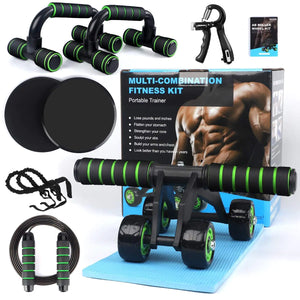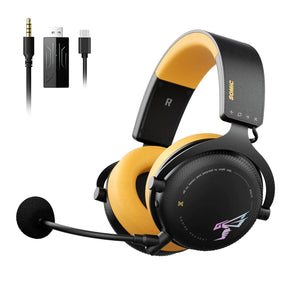
When choosing sunglasses, two crucial terms often come up: UV400 and Polarized protection.
While both features are essential for eye health and comfort, they serve different purposes. Understanding the distinction between these two types of protection can help you make an informed choice for your eye care and visual comfort.
And we here at Nifty Cool Stuff are big believers in making informed choices.

UV400 Protection
UV400 refers to a specific level of ultraviolet (UV) protection offered by sunglasses. The term UV400 means that the lenses block 100% of UVA and UVB rays up to 400 nanometers. To put this in perspective, UV radiation is divided into different types based on wavelength:
- UVA Rays: These have the longest wavelength and can penetrate deep into the skin and eyes. Prolonged exposure can lead to serious eye conditions such as cataracts and macular degeneration.
- UVB Rays: These have shorter wavelengths and are more intense than UVA rays. They are primarily responsible for causing sunburn and can also contribute to eye damage.
UV400 protection is crucial because UV rays can cause long-term damage to your eyes, including increased risk of cataracts, macular degeneration, and photokeratitis (a condition similar to sunburn of the cornea). Sunglasses with UV400 protection ensure that your eyes are shielded from these harmful rays, reducing the risk of these conditions and improving overall eye health./span

Polarized Protection
Polarized lenses, on the other hand, are designed to reduce glare. Glare occurs when sunlight reflects off horizontal surfaces like water, roads, or snow, creating a harsh brightness that can impair vision and cause eye strain. Polarized lenses contain a special filter that blocks this reflected light, resulting in clearer vision and reduced discomfort.
Polarized lenses work by using a polarizing filter that aligns with horizontal light waves, which are typically the cause of glare. This filter essentially "blocks" the horizontal light, allowing only vertical light to pass through. This leads to several benefits:
- Enhanced Clarity: By reducing glare, polarized lenses provide a clearer view, which is particularly beneficial for activities like driving, fishing, and skiing.
- Reduced Eye Strain: Glare can cause visual discomfort and strain, particularly in bright conditions. Polarized lenses can alleviate this discomfort, making your eyes more comfortable over prolonged periods.
- Improved Contrast: Polarization enhances contrast and sharpness, allowing you to see objects more distinctly and improving overall visual clarity.

Comparing UV400 and Polarized Protection
While both UV400 and polarized protection enhance your eyewear, they address different aspects of eye care:
Purpose:
- UV400 Protection: Focuses on blocking harmful ultraviolet rays to protect your eyes from long-term damage and health risks.
- Polarized Protection: Aims to reduce glare and improve visual comfort by filtering out reflected light.
Impact on Vision:
- UV400 Protection: Does not directly affect the clarity of your vision but ensures that UV radiation does not contribute to eye health problems.
- Polarized Protection: Enhances vision clarity and contrast, reducing visual discomfort caused by glare.

Usage:
- UV400 Protection: Essential for all sunglasses to protect against UV damage, regardless of the activity or lighting conditions.
- Polarized Protection: Particularly useful for outdoor activities where glare is a concern, such as driving, fishing, or skiing. However, polarization may not be necessary for every situation, especially indoors or in low-light conditions.
Combining Both Features
For optimal eye protection and comfort, consider sunglasses that offer both UV400 and polarized protection. This combination ensures that your eyes are shielded from harmful UV rays while also benefiting from reduced glare and improved visual clarity.
When shopping for sunglasses, look for labels or product descriptions that specify UV400 protection and polarization. Keep in mind that not all polarized lenses offer UV400 protection, so always verify the UV protection level before making a purchase.

Conclusion
In summary, UV400 and polarized protections are both valuable features in sunglasses but serve distinct purposes.
UV400 protection safeguards your eyes from harmful ultraviolet radiation, preventing long-term health issues. Polarized protection, on the other hand, reduces glare and enhances visual comfort by filtering out reflected light.
By understanding the differences and benefits of each, you can choose sunglasses that best meet your needs, ensuring both eye health and visual clarity.
You'll find Nifty Cool Stuff has a wide selection of sunglasses, all of which are either UV400 protected, polarized, or both. You'll also see some rather interesting models such as these:

We're adding selections all the time, so take a moment and find something you like. You can be sure you'll be getting quality eyecare with a healthy dash of style!


















































